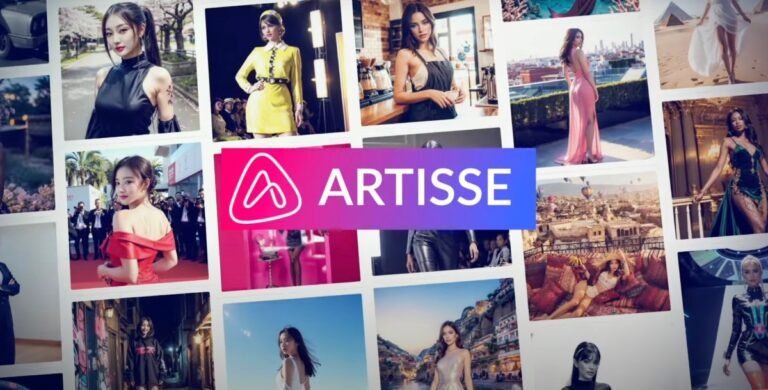Introducing the New Policy: Disclosure of AI-Generated Realistic Content on YouTube

YouTube is now requiring creators to disclose to viewers when realistic content was made with AI, the company announced on Monday.
YouTube says the new policy doesn’t require creators to disclose content that is clearly unrealistic or animated, such as someone riding a unicorn through a fantastical world.
It also isn’t requiring creators to disclose content that used generative AI for production assistance, like generating scripts or automatic captions.
They will also have to disclose content that alters the footage of real events or places, such as making it seem as though a real building caught on fire.
Creators will also have to disclose when they have generated realistic scenes of fictional major events, like a tornado moving toward a real town.





